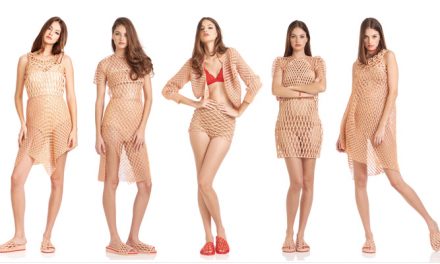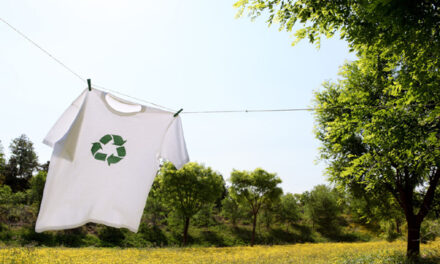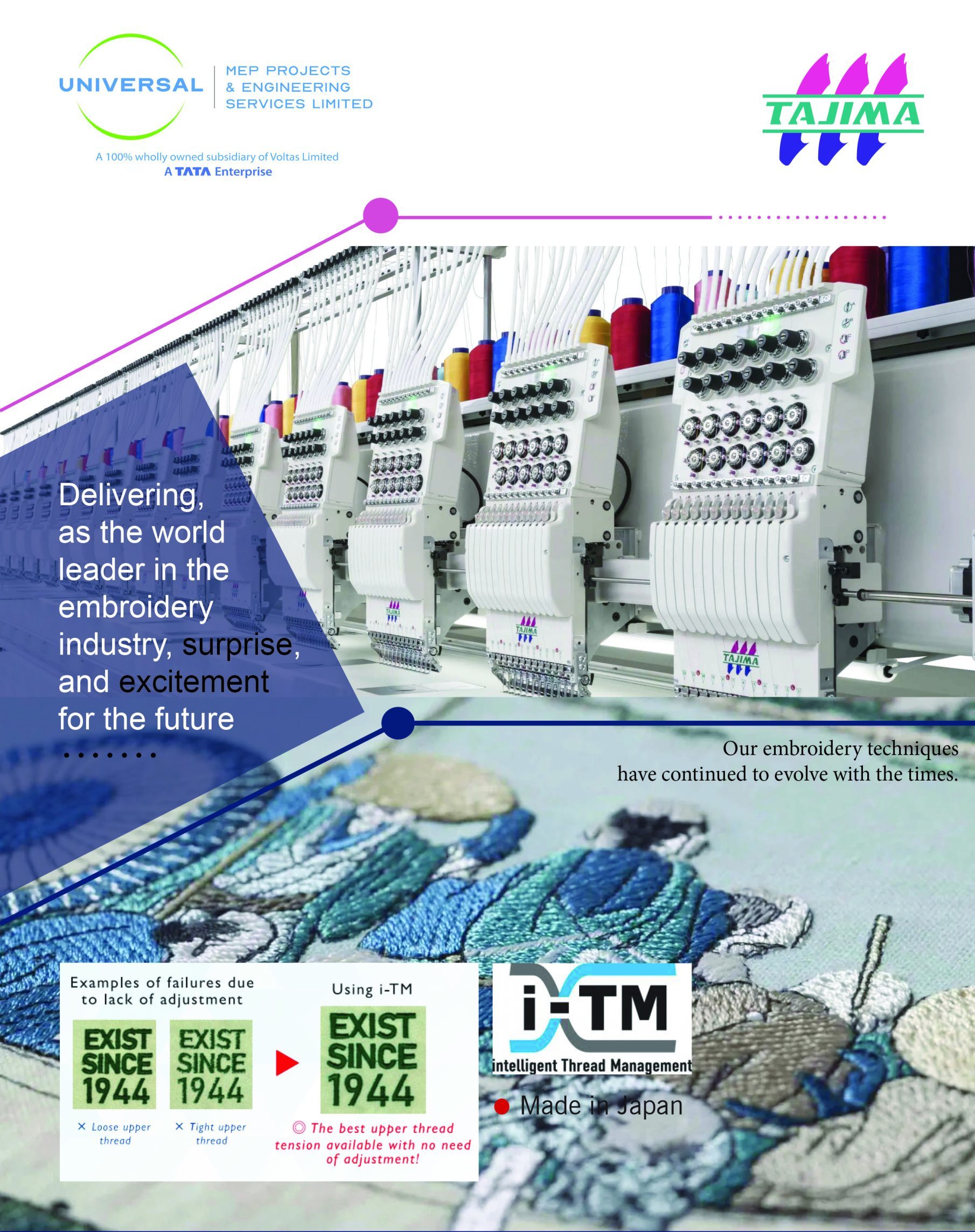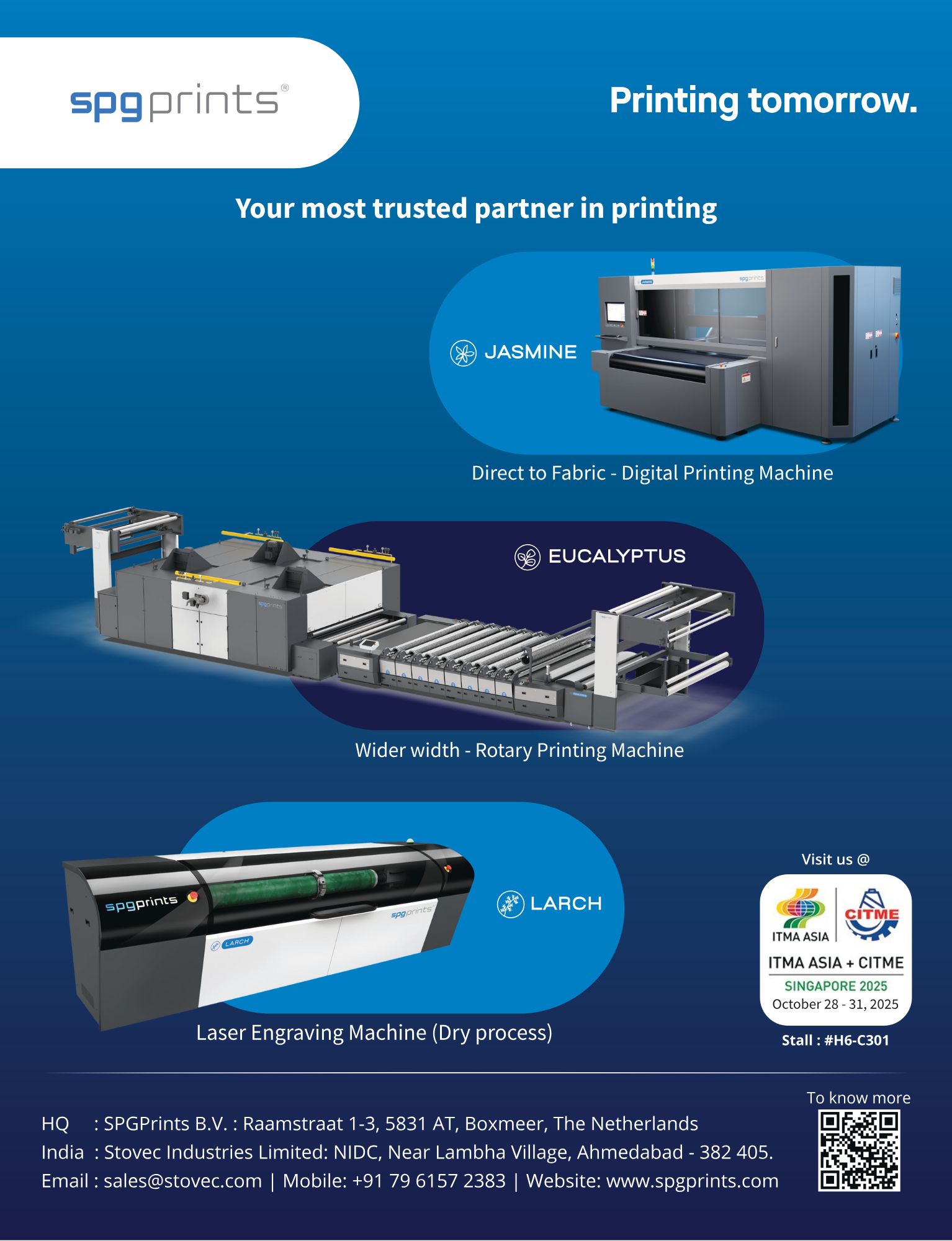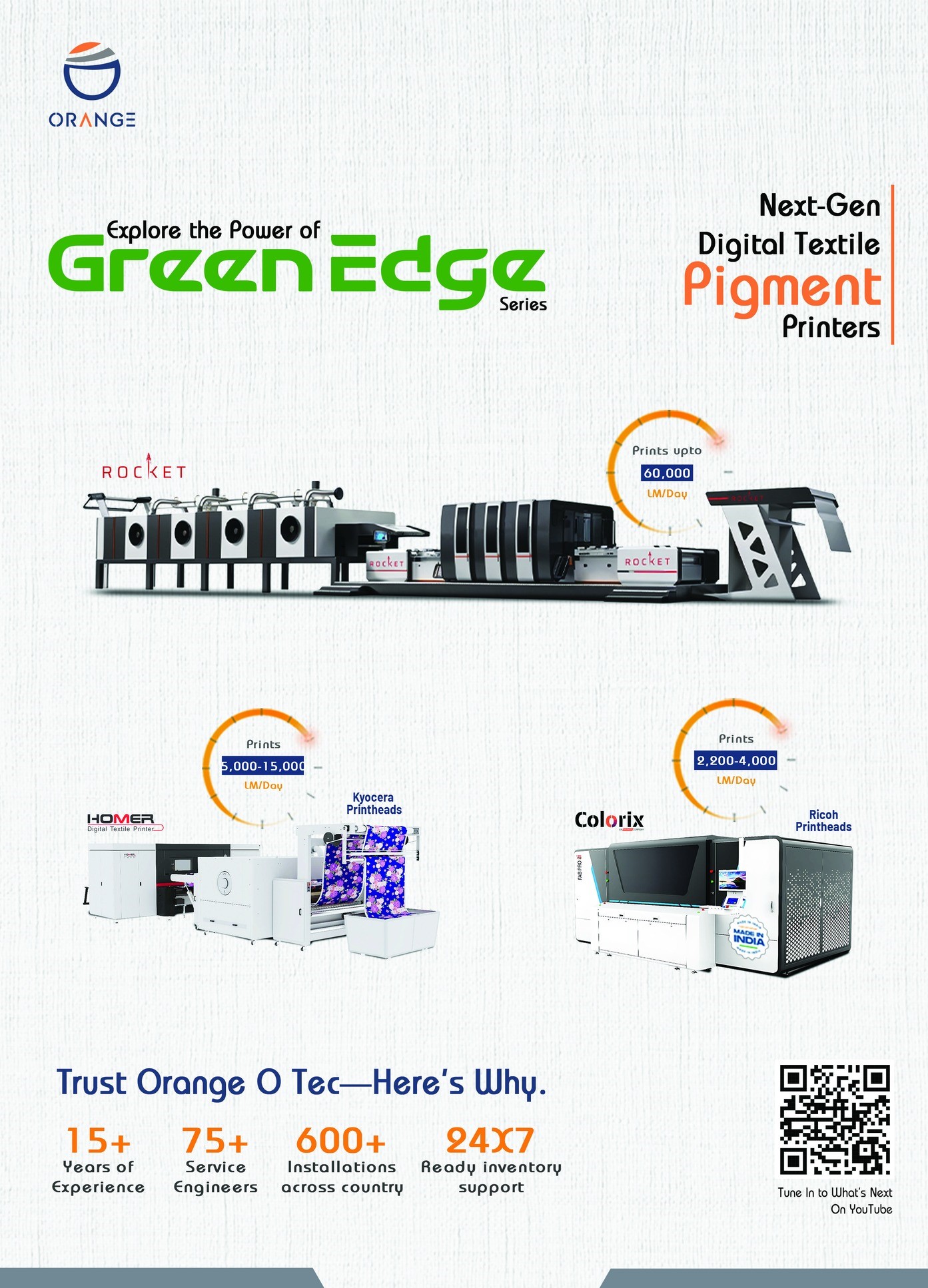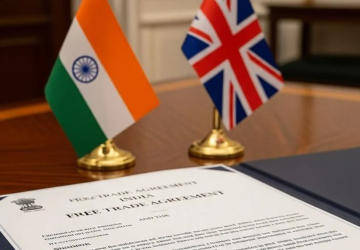 The cycle of overconsumption not only strains our environment but also leaves us with a constant dilemma—what to wear. The answer lies in embracing the philosophy of “Less is More”.
The cycle of overconsumption not only strains our environment but also leaves us with a constant dilemma—what to wear. The answer lies in embracing the philosophy of “Less is More”.
In today’s world of fast fashion, where trends change almost overnight and clothes are often discarded after a single season, the modern working professional faces an overwhelming number of choices. The constant barrage of new collections and styles has not only cluttered wardrobes but also created a culture of overconsumption. The Redseer report highlighted that fast fashion brands can launch over 50 collections each year, far surpassing the traditional fashion model’s 2-3 collections annually. This relentless pace has a direct impact on consumer behavior, encouraging impulse buying and a “wear once, dispose later” mindset. The pressure to constantly deliver new collections forces fast fashion brands to cut corners in production, often at the expense of quality, craftsmanship, and ethical practices. Amid this cycle of excess, there is a rising movement toward minimalist fashion—a concept that encourages simplicity, intentionality, and timelessness. For working men who value quality and efficiency, minimalist fashion offers a smarter, more sustainable approach to dressing, allowing them to make the most of their wardrobe without being swept away by fleeting trends.
Fast fashion, characterized by the rapid production of inexpensive clothing, thrives on the idea that consumers must continually update their wardrobes to stay “on trend.” While this may appear convenient on the surface, the reality is that it encourages overbuying, leading to overcrowded closets and decision fatigue. Fast fashion pieces are often poorly made, wear out quickly, and rarely offer the versatility needed for a professional setting.
Beyond the personal impact, the fast fashion industry poses significant environmental and ethical challenges. The constant production and disposal of cheap garments contribute to excessive waste, water pollution, and unsustainable labor practices. These factors have led many to seek alternatives— enter minimalist fashion, which offers a solution that benefits both the individual and the planet.
Minimalist fashion is not just about having fewer clothes—it’s about having the right clothes. The focus is on building a wardrobe of high-quality, timeless pieces that can be worn in multiple ways, across various settings. For the modern man, this means investing in versatile, neutral-colored garments that can effortlessly transition from the office to after-hours socializing.
A minimalist wardrobe helps streamline daily decisions. When your wardrobe consists of thoughtfully chosen pieces that complement one another, getting dressed in the morning becomes faster and simpler. Gone are the days of sifting through cluttered closets or fretting about whether your outfit is appropriate for the day’s activities. Instead, you can rely on a few key staples that can be easily mixed and matched.
At the core of minimalist fashion is the idea that “less is more”. This philosophy not only saves time and money but also fosters a greater appreciation for the clothes you already own. A well-curated minimalist wardrobe often revolves around neutral tones—colors like black, white, grey, navy, and beige—that are easy to mix and match. By selecting pieces that work in various combinations, a smaller wardrobe can provide more options than one filled with items bought on a whim. A quality pair of tailored trousers in a neutral color, for instance, can be dressed up with a blazer and tie for the office or dressed down with a polo shirt for a weekend outing.
 Moreover, investing in fewer, high-quality garments means your clothes will not only last longer but also maintain their structure and appearance over time. One of the key elements of minimalist fashion is the emphasis on fabric quality. When garments are crafted from premium materials sourced from the best manufacturers, they offer a level of comfort and durability that mass-produced, fast-fashion items simply can’t match. High-quality fabrics, such as pure cotton, wool, and innovative eco-friendly textiles like Tencel, not only feel superior on the skin but also resist wear and tear far better than their cheaper counterparts.
Moreover, investing in fewer, high-quality garments means your clothes will not only last longer but also maintain their structure and appearance over time. One of the key elements of minimalist fashion is the emphasis on fabric quality. When garments are crafted from premium materials sourced from the best manufacturers, they offer a level of comfort and durability that mass-produced, fast-fashion items simply can’t match. High-quality fabrics, such as pure cotton, wool, and innovative eco-friendly textiles like Tencel, not only feel superior on the skin but also resist wear and tear far better than their cheaper counterparts.
These fabrics often come from ethical and reputable manufacturers who prioritize sustainable practices and exceptional craftsmanship. This means that when you invest in these pieces, you’re not just buying a garment, but an item that has been meticulously created with attention to every detail, from the weave of the fabric to the stitching. Beyond aesthetics, functionality is key—elevated essentials with thoughtful, small functional changes can seamlessly solve common wardrobe dilemmas, making them permanent staples. Sustainability goes beyond the choice of fabric; it’s about adding repeat value to clothing so that you don’t have to frequently replace or update your wardrobe, reducing waste while maintaining elegance and versatility over time. This ensures better cost-per-wear and a wardrobe that remains timeless and functional.
This approach is also a significantly more eco-friendly option. By purchasing fewer, higher-quality items, you actively reduce the demand for mass-produced, disposable clothing that dominates the fast fashion industry. Furthermore, the production of premium clothing typically involves more responsible manufacturing processes, with reduced water usage, lower carbon emissions, and less reliance on harmful chemicals.
By shifting towards a wardrobe built around fewer but better-made pieces, you are not only consuming less but also supporting brands and manufacturers that prioritize the environment and ethical sourcing. Over time, this shift in consumer habits can have a meaningful impact on reducing fashion’s carbon footprint, promoting environmental stewardship, and fostering a healthier, more sustainable planet.
Conclusion
Minimalist fashion is more than just a trend—it’s a mindset that encourages working professionals to be intentional with their wardrobe choices. By adopting the philosophy of “less is more,” men can enjoy the benefits of a streamlined, high-quality wardrobe that eliminates decision fatigue, saves time, and offers lasting style. In a world dominated by fast fashion, opting for minimalism allows for a more mindful, sustainable approach to dressing—one that prioritizes quality, versatility, and personal expression over the chaos of fleeting trends.
By embracing minimalist fashion, you not only make the most of what you own but also invest in a wardrobe that reflects your values and simplifies your life. So, the next time you’re tempted by the latest fashion fad, consider whether it adds lasting value to your collection—and remember, sometimes less truly is more.

